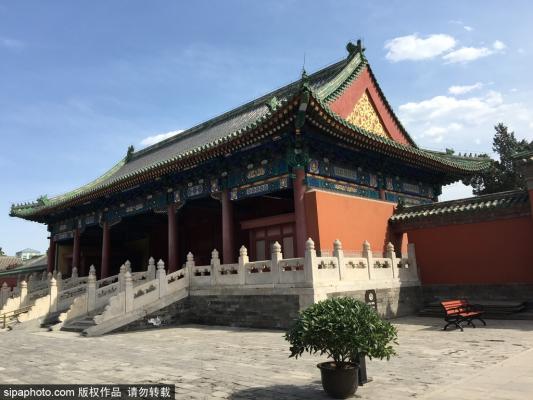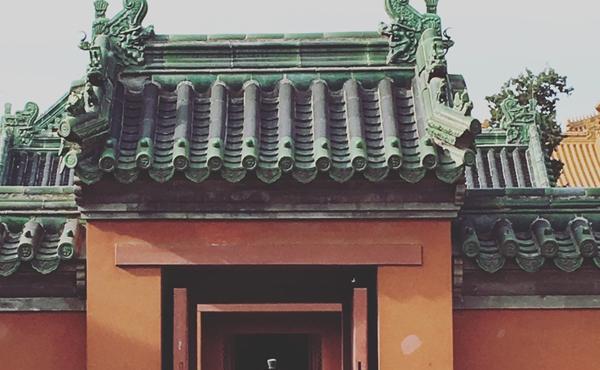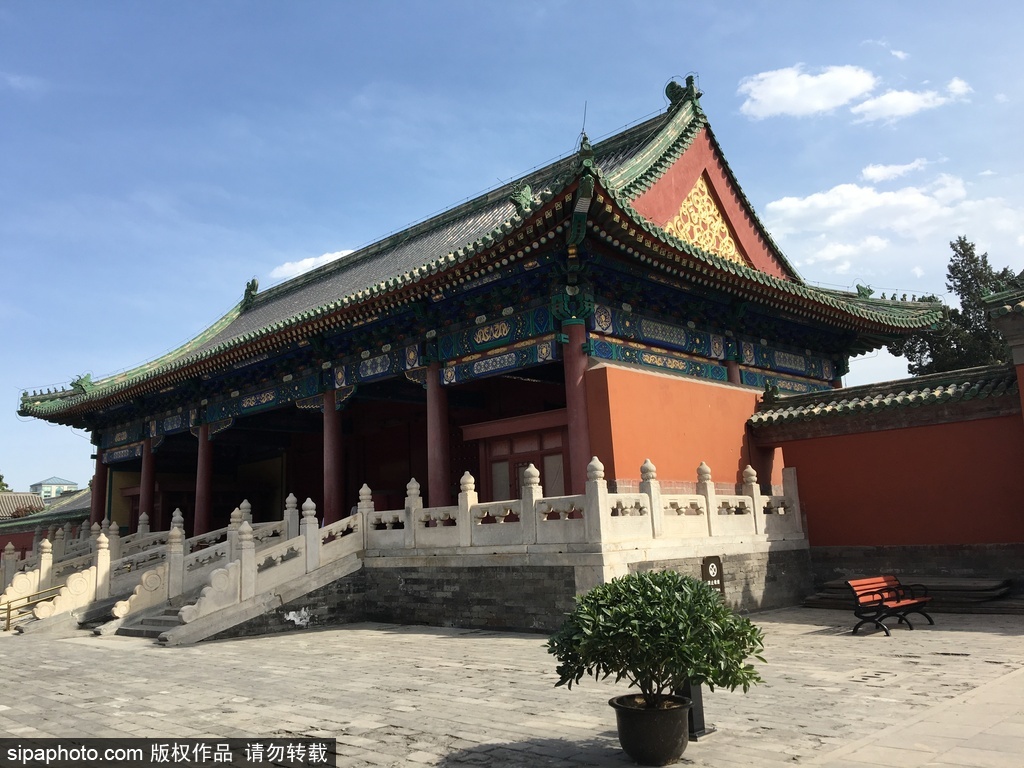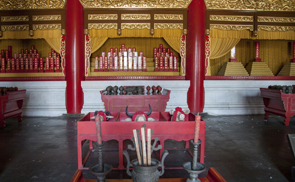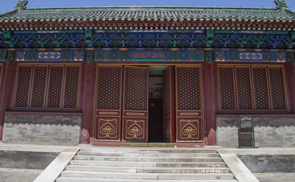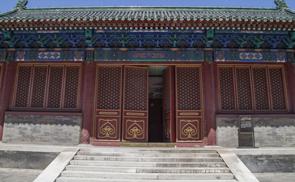The Temple of Ancient Monarchs (历代帝王庙)
The Temple of Ancient Monarchs was the only imperial temple in the Ming and Qing dynasties
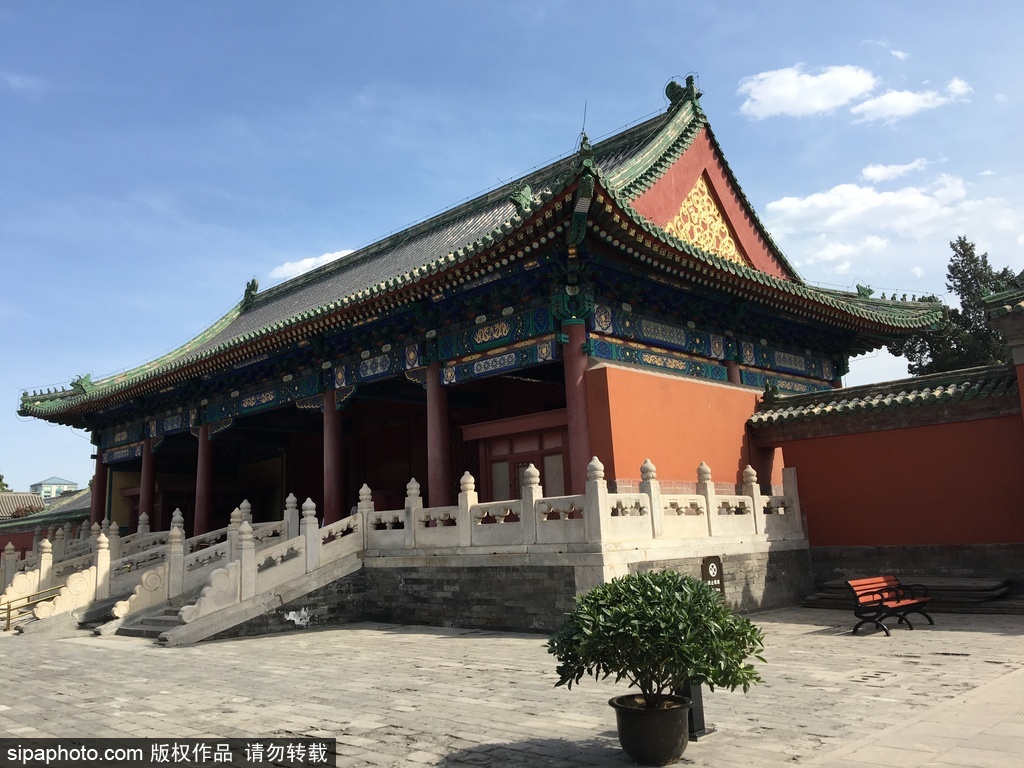
-
Tel:
86-10-66517739
86-10-66120186 -
Best Time to Visit:
April to October -
Duration:
1 Hour -
Admission:
20 RMB 20 RMB -
Opening Hours:
09:00-16:30
Entry stops at 16:00
Description
The Temple of Ancient Monarchs (历代帝王庙)
The Temple of Ancient Monarchs was the only imperial temple in the Ming and Qing dynasties for worshiping the Three Sovereigns and the Five Emperors and built 470 years ago in 1530.As time passed by, more and more honored persons were enshrined there. During Emperor Qianlong’s reign in the Qing Dynasty, Jingde Chongsheng Hall housed tablets of 188 emperors, and the east and west wing halls housed those of 79 ministers and generals. Guandi Temple was built to worship Guan Yu, a hero of the Three...
Read MoreThe Temple of Ancient Monarchs (历代帝王庙)
The Temple of Ancient Monarchs was the only imperial temple in the Ming and Qing dynasties for worshiping the Three Sovereigns and the Five Emperors and built 470 years ago in 1530.As time passed by, more and more honored persons were enshrined there. During Emperor Qianlong’s reign in the Qing Dynasty, Jingde Chongsheng Hall housed tablets of 188 emperors, and the east and west wing halls housed those of 79 ministers and generals. Guandi Temple was built to worship Guan Yu, a hero of the Three Kingdoms period. By then the temple had housed the greatest number of tablets in the country. The fact that great leaders of all dynasties were enshrined in this temple implies the important trait of continuity within Chinese civilization. After the Republic of China was founded, the temple was converted for non-sacrificial uses. It was renamed No. 3 Girls High School of Beijing. In 1972, it was merged into No. 159 High School of Beijing. In 2000, government bodies at various levels began to finance a three-year renovation. It was officially opened to the public in April 2004.
With a majestic layout, the complex is a classic example of Chinese traditional architecture. Jingde Chongsheng Hall, the main hall, has been refurnished the way it was in Emperor Qianlong’s reign. Prominently displayed in its center are the spiritual tablets of the Three Sovereigns: Fuxi, Emperor Yan, Emperor Huangdi, and the Five Emperors: Shaohao, Zhuanxu, Diku, Tangyao, and Yushun. They are flanked by those of the emperors of successive dynasties.
The temple covers an area of 21,500 square meters, of which 6,000 square meters are covered by ancient buildings. The whole complex faces the south. The main buildings include the screen wall, the gate of the temple, Jingde Gate, and Jingde Chongsheng Hall, the warehouse of ritual vessels situated along its central axis. These are flanked by the east and west wing halls, the stele pavilions, the sacrificial burners, and the bell tower. In the southeast are the bell tower, the Divine kitchen, the Divine Depot, the Slaughter Pavilion, and the Well Pavilion; in the southwest are the Music Official Rooms, the Guard Official Rooms, the Fasting Rooms, and the Guandi Temple, a temple within a temple.
Visitors may feel the solemnity and sense of worship in the hall. In the east wing hall is an exhibition on the historical evolution of the temple; in the west wing hall, an exhibition of the major worshiped figures. These two may help visitors learn more about the temple and the founding, development and consummation of the sacrificial system. Held in the Divine Depot is the exhibition on Family Names and the Three Sovereigns and the Five Emperors, showing how the 100 major Chinese family names originated from the Three Sovereigns and the Five Emperors on how they evolved, and stories of emperors of successive dynasties. This may help visitors learn more about the Three Sovereigns and the Five Emperors who were the common ancestors of Chinese people.
